
YDTech® manufacturer 24x24,24x36,25x25,25x36,26x28,28x28, hardened bearing rollers sizes(NRA,NRB) and needle rollers stocks! supplier 24x24,24x36,25x25,25x36,26x28,28x28, cylindrical rollers or needle rollers stocks(G2,G3) in china.
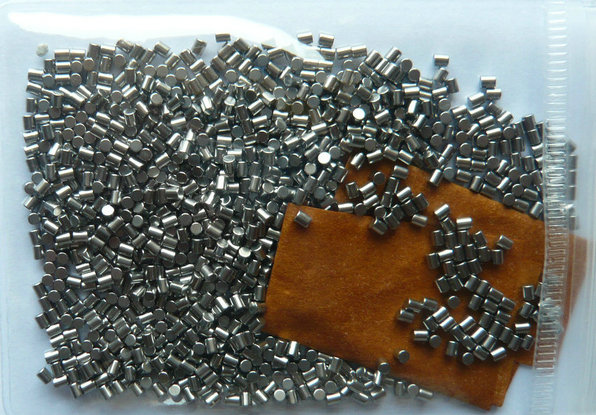
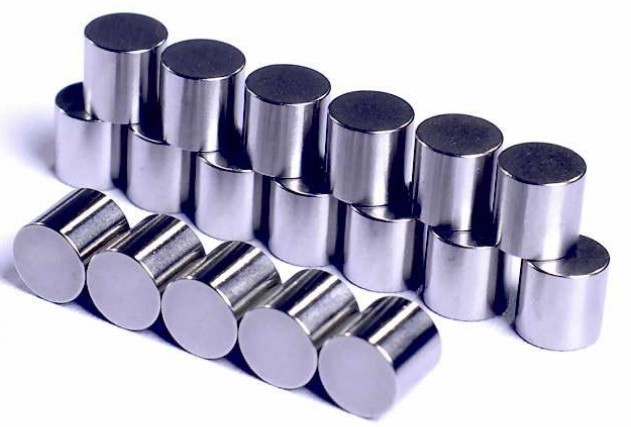
The tolerances for high-precision needle rollers are typically specified in terms of dimensional accuracy, surface finish, roundness, and straightness. For example, dimensional accuracy may be specified to within a few microns, while surface finish may be specified to within a few nanometers. Roundness and straightness tolerances may also be specified to ensure accurate and consistent performance.24x24,24x36,25x25,25x36,26x28,28x28,
In addition to dimensional tolerances, high-precision needle rollers may also be manufactured to tight material and hardness specifications to ensure consistent performance and long service life. Overall, the tolerance accuracy of high-precision needle rollers is a critical factor in ensuring precise and reliable motion in high-load applications, and manufacturers invest significant resources in ensuring that their products meet the required specifications.
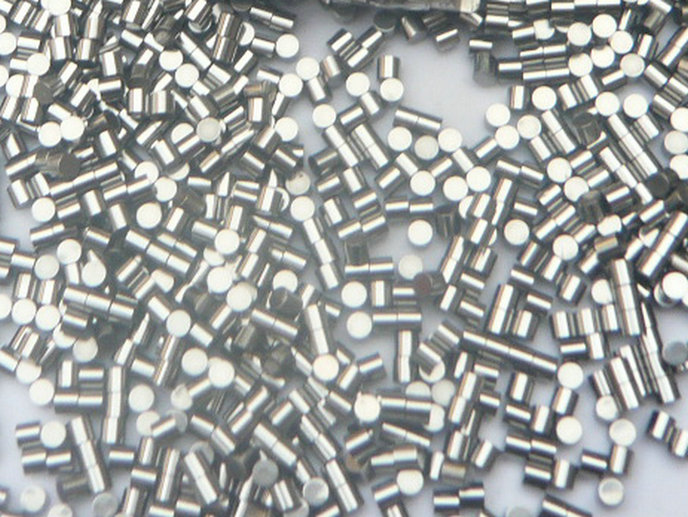
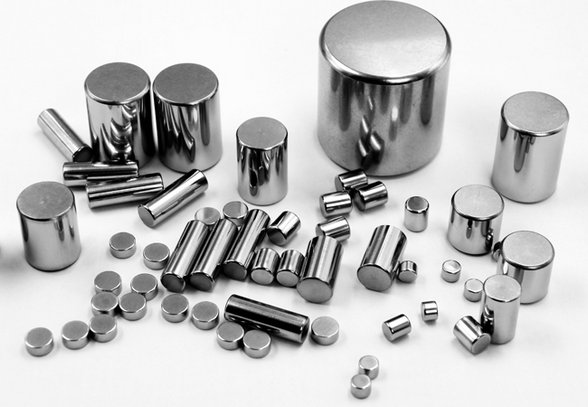
Material selection: The first step in the manufacturing process is to select the appropriate material for the rollers. As mentioned earlier, common materials used for high-precision rollers include bearing steel, ceramic, stainless steel, and tungsten carbide. Machining: The raw material is machined into the desired shape using specialized grinding machines that can achieve very tight tolerances. For example, centerless grinding is often used to produce high-precision cylindrical rollers, while thread grinding is used to produce high-precision needle rollers.
Heat treatment: After machining, the rollers are heat treated to improve their strength, durability, and wear resistance. The heat treatment process can include annealing, quenching, and tempering, and is designed to achieve specific material properties that are appropriate for the intended application.
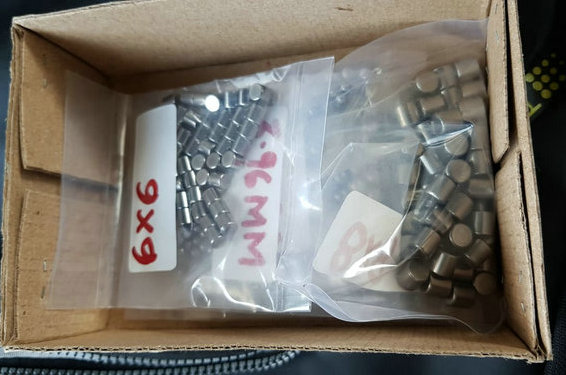
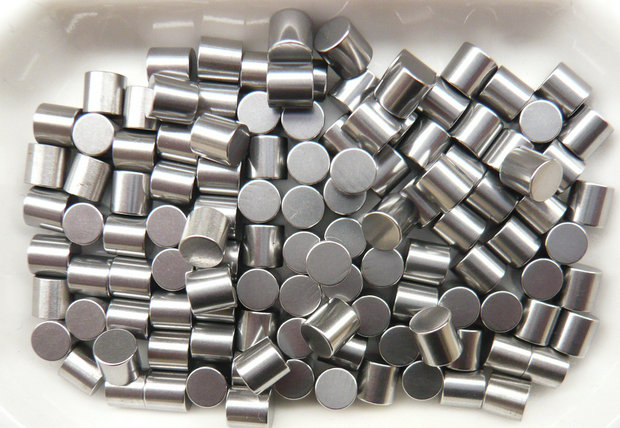
the ends of needle rollers had different types: such as:NRA (round ends), NRB (flat ends), crowned ends, pointed ends, or one end is round(pointed), the other end is flat etc.
needle rollers main use is as rolling elements in bearings where they are particularly useful when space is limited and a high radial load is required. They are also useful as locating pins and mini shafts.
manufacturer and supplier of needle rollers
.standard sizes of cylindrical rollers
| D*L | D*L | D*L | D*L | D*L | D*L | D*L | D*L | ||
|---|---|---|---|---|---|---|---|---|---|
| 1x1 | 1.2x1.2 | 1.5x1.5 | 2x2 | 2.2x2.2 | 2.5x2.5 | 3x1 | 3x1.5 | ||
| 3x2 | 3x2.2 | 3x2.5 | 3x2.7 | 3x3 | 3.5x5 | 4x6 | 4.5x4.5 | ||
| 5x5 | 5x10 | 5.5x8 | 6x8 | 6x12 | 6.5x9 | 7x10 | 7.5x7.5 | ||
| 7.5x11 | 8x10 | 9x9 | 9x14 | 10x11 | 11x11 | 11x15 | 12x14 | ||
| 13x13 | 14x14 | 15x15 | 15x22 | 16x17 | 17x17 | 18x18 | 18x26 | ||
| 19x20 | 20x20 | 21x21 | 22x22 | 22x34 | 24x24 | 24x36 | 25x36 | ||
| 26x28 | 28x28 | 30x30 | 32x32 | 34x34 | 36x36 | 38x38 | 40x40 | ||
| loose rolling elements, cylindrical rollers, precision rollers,bearings rollers only | |||||||||
- home
- products
- contact
- equipments
- needle rollers
- standard sizes needles stocks
- 1mm series
- 2mm series
- 3mm series
- 4mm series
- 5mm series
- 6mm series
- cylindrical rollers
- standard sizes rollers stocks
- 1mm series
- 2mm series
- 3mm series
- 4m~5mm series
- 6mm~7mm series
- 8mm~9mm series
- 10mm~12mm series
- 13mm~17mm seriess
- 18mm~22mm seriess
- 24mm~28mm series
- 30mm~40mm series